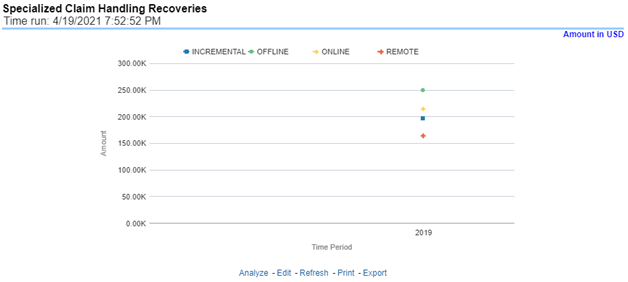5.4.1 Summary Tab
The Summary tab includes information at the corporate level. The information contained in the reports generated summarizes how the entire organization is performing.
The filters for this tab include:
- Time
- Company
- Catastrophe
- Geography
The various reports available for this tab are discussed in the following sections.
Key Claim Performance Indicators Flash
Figure 5-179 Key Claim Performance Indicators Flash

Claim Expenses Ratio
Figure 5-180 Claim Expenses Ratio
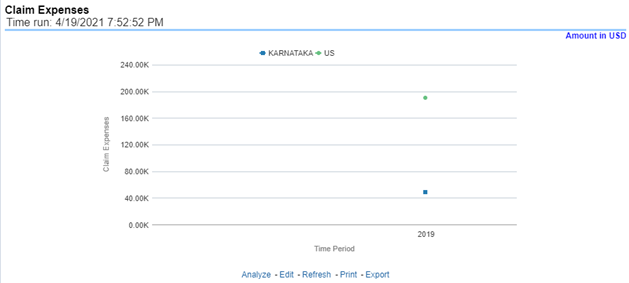
Claim Recoveries
Figure 5-181 Claim Recoveries
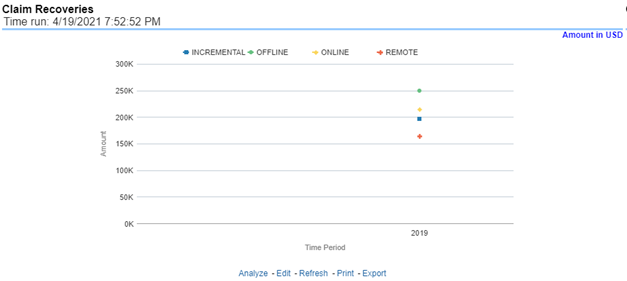
Claim Net Losses Map
Figure 5-182 Claim Net Losses Map

Claim Count Map
Figure 5-183 Claim Count Map

Top Ten Geographical Regions for Claim Payments
Figure 5-184 Top Ten Geographical Regions for Claim Payments

Top Ten Geographical Regions for Claims Reported
Figure 5-185 Top Ten Geographical Regions for Claims Reported

Claim Count
Figure 5-186 Claim Count
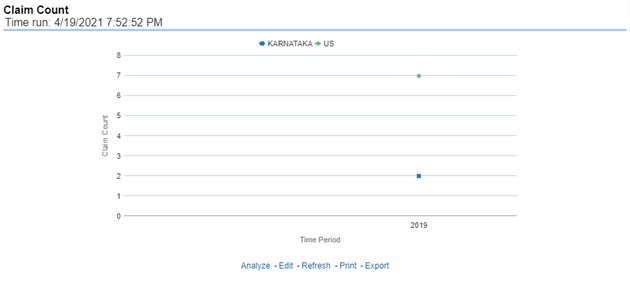
Incurred Losses
Figure 5-187 Incurred Losses
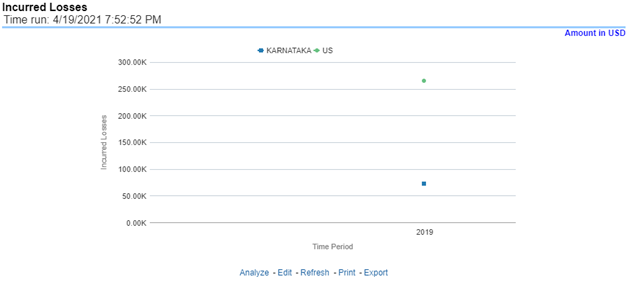
Claim Expenses
Figure 5-188 Claim Expenses
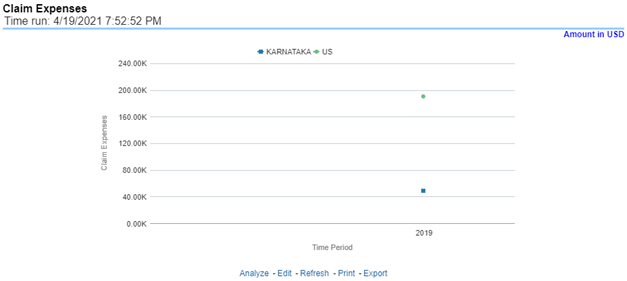
Loss Reserve on Open Claims
Figure 5-189 Loss Reserve on Open Claims
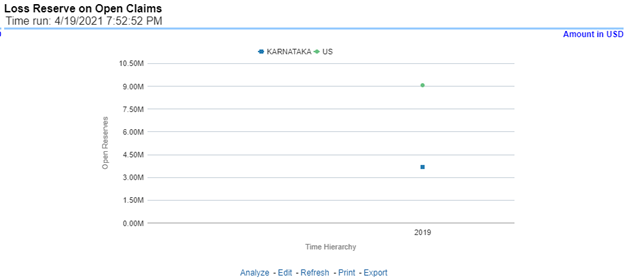
Combined Ratio
Figure 5-190 Combined Ratio
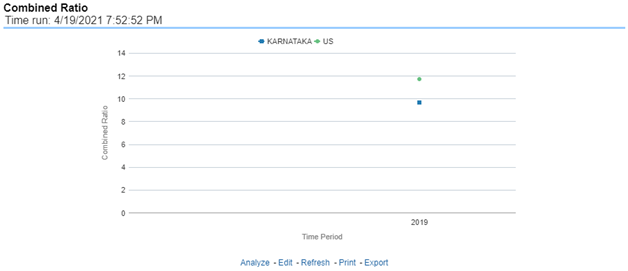
Loss Ratio
Figure 5-191 Loss Ratio
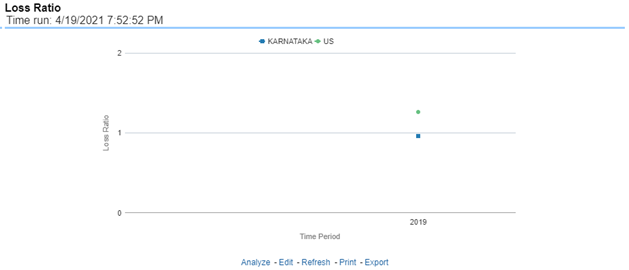
Claims Closed without Payment
This report is a line graph that illustrates the count of claims that were closed during the reporting period without any loss payments generated for the claim.
Figure 5-192 Claims Closed without Payment

Referrals for Specialized Claim Handling
Figure 5-193 Referrals for Specialized Claim Handling

Specialized Claim Handling Recoveries
Figure 5-194 Specialized Claim Handling Recoveries
